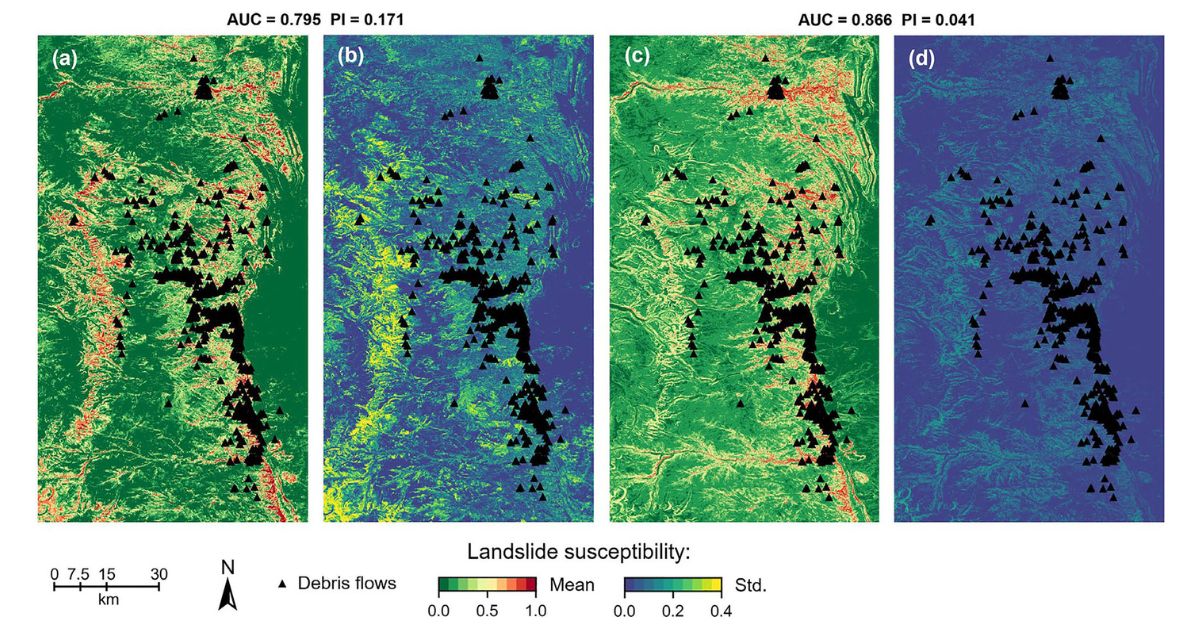Incorporating physical principles into machine learning models unlocks new levels of precision in landslide prediction
Landslides pose a significant natural hazard, causing extensive damage to infrastructure and loss of life. Traditional methods for predicting landslides often fall short due to the complex nature of terrain and the uneven distribution of landslide data.
To tackle these challenges, researchers have utilized the Physics-Guided Machine Learning (PGML) framework. This innovative method, recently published in Acta Geotechnica by Dr. Tong Qiu, Professor and Department Chair of Civil & Environmental Engineering at the University of Utah, and Dr. Te Pei, Assistant Professor of Civil Engineering at the City University of New York, enhances the accuracy and reliability of machine learning (ML) models for landslide susceptibility mapping (LSM).
ML models typically rely on large datasets to identify patterns and make accurate predictions. However, when data is scarce or unevenly distributed, traditional ML models can yield inconsistent results that don’t align with physical laws or established knowledge of landslide behavior. The PGML framework addresses this issue by integrating physical principles—specifically, knowledge of landslide mechanics—into the ML models, resulting in predictions that are both data-driven and physically consistent.
The study tested the PGML framework using data from over a thousand debris flows triggered by a storm event in Colorado’s Front Range. Researchers employed the “infinite slope model,” a standard method in landslide analysis, to calculate the factor of safety—a measure of a slope’s likelihood to fail. This factor was then used to guide the ML model’s predictions, ensuring they remained grounded in physical reality.
The PGML framework’s performance was evaluated across different geographic regions with varying ecological and terrain characteristics. The results showed that while traditional ML models often produced unrealistic predictions, the PGML approach significantly improved the accuracy, consistency, and reliability of predictions across diverse regions.
By integrating physical laws into machine learning models, the PGML framework not only enhances our ability to predict landslides more reliably but also sets a new standard for how machine learning can be applied elsewhere in geotechnical engineering research, as well as other complex geological systems.
Geotechnical Engineering at the University of Utah
Explore Geotechnical Engineering→
More news from our department:
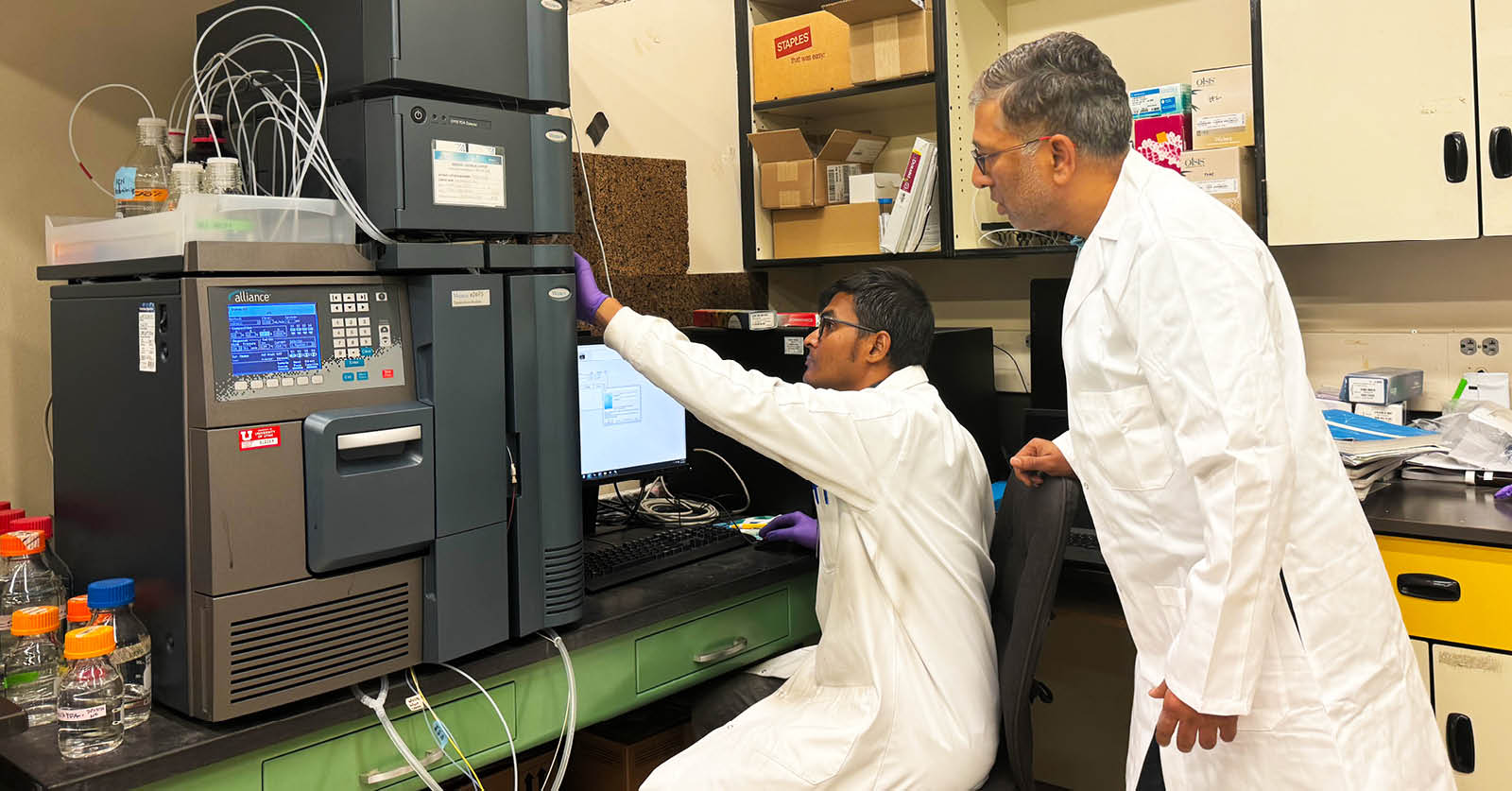
Fighting Forever Chemicals
Dr. Ramesh Goel Leads $1.6M EPA Research on PFAS Known as “forever chemicals,” per- and polyfluoroalkyl substances (PFAS) are a group of synthetic chemicals that have been widely used in various industrial and consumer products, such as non-stick cookware, water-repellent clothing, and firefighting foams. Their resistance to degradation combined with their potential to accumulate in […]
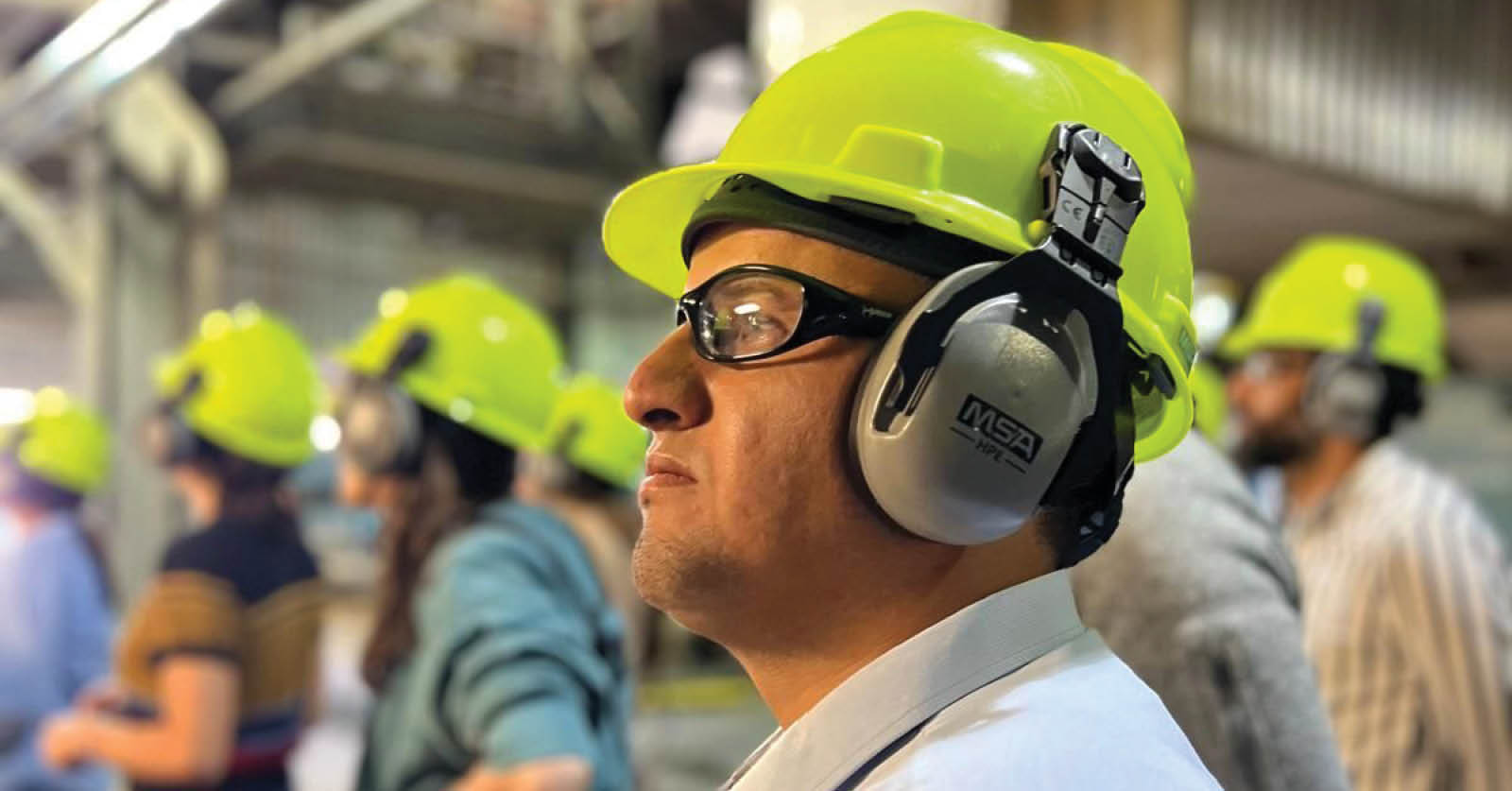
PhD Student Omar Bakelli Completes RECS 2024 Program
Bakelli’s Participation Propels Him into the Forefront of Carbon Sequestration Research University of Utah PhD student Omar Bakelli recently participated in the 20th annual Research Experience in Carbon Sequestration (RECS) program, held from July 21-30, 2024, across Colorado and Wyoming. Sponsored by the U.S. Department of Energy (DOE), RECS 2024 provided an immersive experience for […]
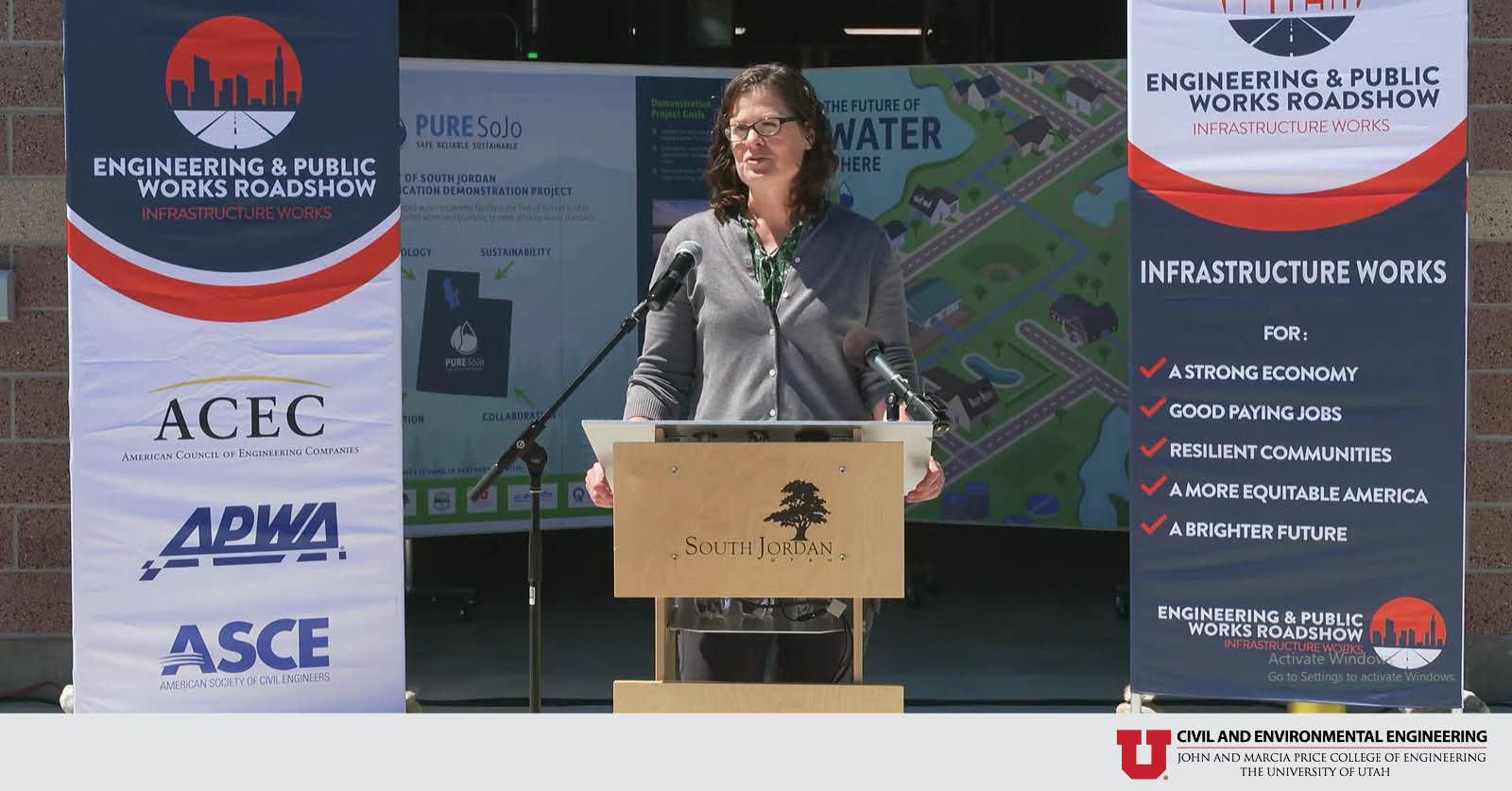
From Classroom Concepts to Real-World Impact
Dr. Weidhaas Champions Local Solutions for Water Reclamation in Arid Utah On June 18, 2024, Environmental Engineering Professor Dr. Jennifer Weidhaas shared her insights and experiences with the groundbreaking PureSojo project as part of the Engineering & Public Works Roadshow. This innovative initiative, developed in collaboration with the City of South Jordan, represents a significant leap […]
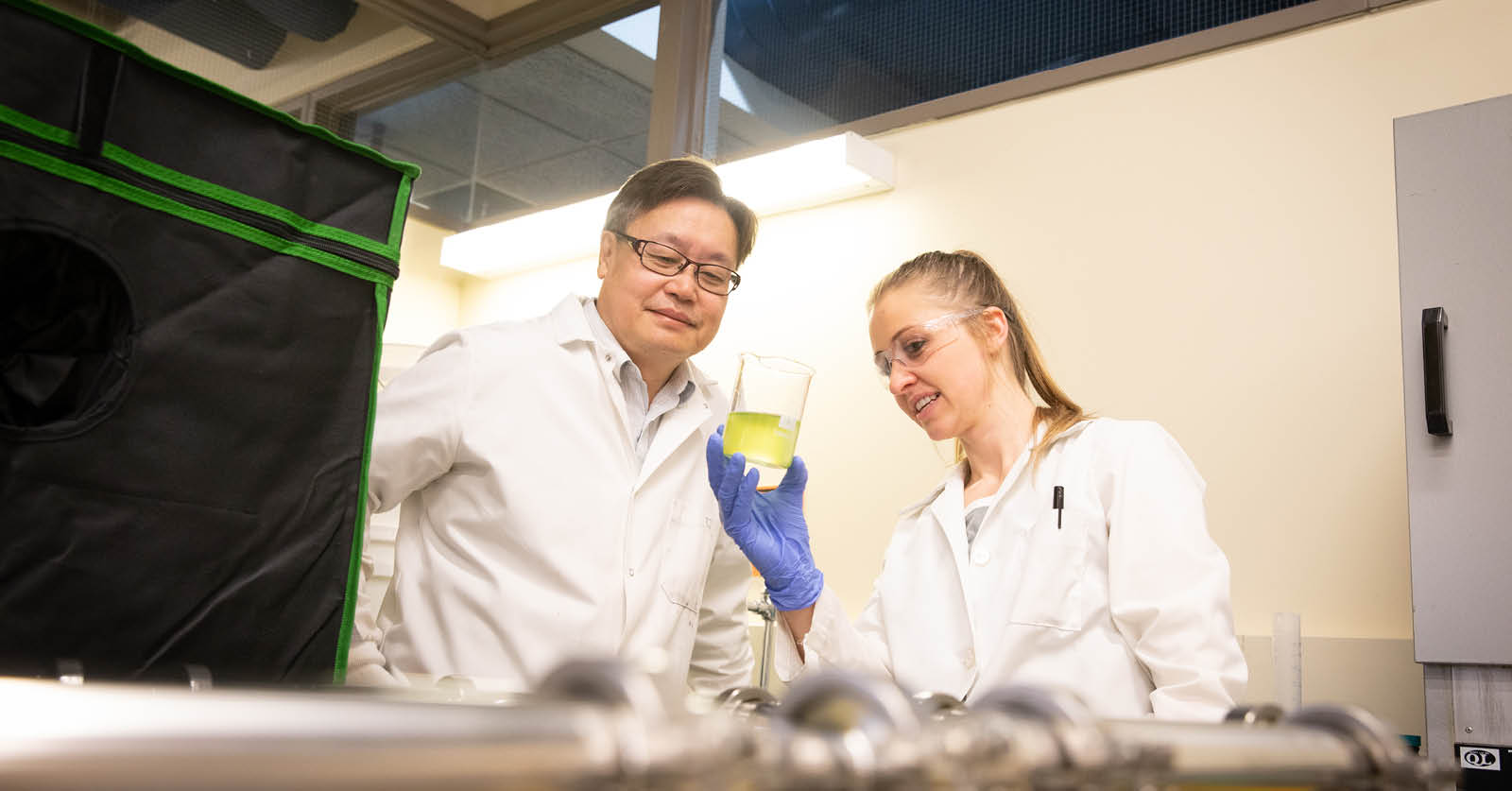
Nanobubbles: Tiny Powerhouses with Huge Potential
University of Utah Environmental Engineering Professor is at the Forefront of New Nanobubble Technology Peculiarly powerful, nanobubbles have opened a new frontier in science and engineering, creating promising environmental and medical applications. But what exactly is a nanobubble? Imagine a tiny water bubble that’s 2,500 times smaller than a single grain of salt. Then imagine […]

